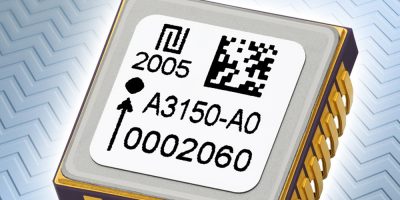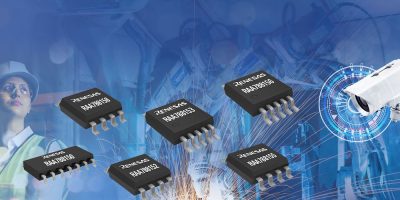Advantech is adopting Kioxia 112-layer flash BiCS5 in multiple series and form factors. The BiCS5 3D TLC SQFlash BiCS5 provides NAND chips with extended native temperature ranges for operation in extreme environments. They support use in applications that require ruggedised designs, adds the company.
The SQFlash BiCS5 provides 50 per cent faster flash speeds than previous NAND generation technology, says Advantech, and are suitable for high-resolution display applications such as gaming or medical displays and indoor/outdoor signage.
They deliver up to 8Tbyte capacity for 5G and Wi-Fi6 data transmission and AI analytical data storage used in edge computing, gaming, AI and smart manufacturing industries applications.
The devices also support SSD operation in wide temperature environments (-40 to 85 degrees C), making them suitable for energy sourcing facilities, automated factories and in-vehicle applications that require advanced reliability in harsh environments.
Advantech’s SQFlash series comprises a selection of security features with the wide coverage of a TCG-OPAL-compliant design. Flash Vault uses a password to secure the drive whilst hardware and firmware write protection prevents data replacement or removal. There is also crypto erase to enable full data sanitisation on the SQFlash.
The SQFlash BiCS5 product series will be available for early customer samples in October 2021. The BiCS5 NAND Flash will be implemented into more SQFlash series in 2022.
Founded in 1983, Advantech provides products and services. The company offers system integration, hardware, software, customer-centric design services, embedded systems, automation products, and global logistics support. It co-operates with partners in a range of diverse industries.







